Bromeliad - Aechmea Blanchetiana 'Red' - RARE????
brom_phil
16 years ago
Featured Answer
Sort by:Oldest
Comments (21)
winterlager
16 years agohotdiggetydam
16 years agoRelated Professionals
Parole Landscape Architects & Landscape Designers · Wakefield Landscape Contractors · Bristol Landscape Contractors · Norristown Landscape Contractors · Riverhead Landscape Contractors · Carson Fence Contractors · Cicero Fence Contractors · Glenview Fence Contractors · Saint Louis Park Fence Contractors · Sioux City Fence Contractors · Severna Park Fence Contractors · Greenville Siding & Exteriors · Kenosha Siding & Exteriors · Milwaukee Siding & Exteriors · South Glastonbury Siding & ExteriorsLisaCLV
16 years agohotdiggetydam
16 years agoLisaCLV
16 years agohotdiggetydam
16 years agobrom_phil
16 years agokerry_t_australia
16 years agohotdiggetydam
16 years agokerry_t_australia
16 years agohotdiggetydam
16 years agoLisaCLV
16 years agohotdiggetydam
16 years agohotdiggetydam
16 years agowinterlager
16 years agobrom_phil
16 years agopalmtreehugger
7 years agopalmtreehugger
7 years agostanofh 10a Hayward,Ca S.F. bay area
7 years agolast modified: 7 years agopalmtreehugger
7 years agolast modified: 7 years ago
Related Stories
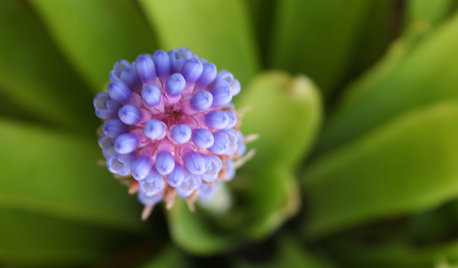
GARDENING GUIDESBromeliads: The Ultimate Collector’s Plants
Once you discover bromeliads’ exotic beauty, wide-ranging colors and intriguing patterns, you’ll never go back
Full Story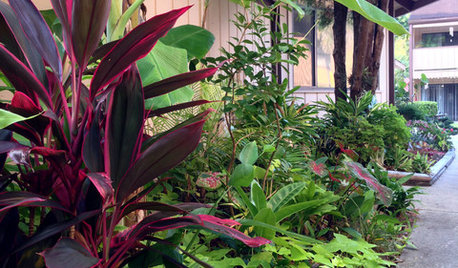
GARDENING GUIDESA Mom, a Garden and a Gift for the Neighbors
Gardening can be therapeutic in unexpected ways. See how one gardener found peace and purpose in a patch of Florida soil
Full Story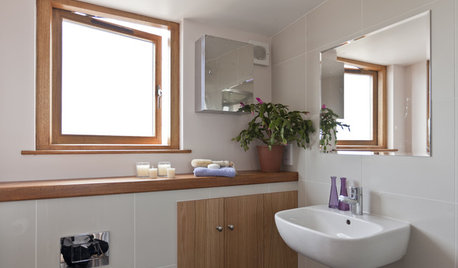
HOUSEPLANTS7 Favorite Indoor Plants for West-Facing Windows
These houseplants, and many more, thrive in the bright sun of a window that looks to the west
Full Story





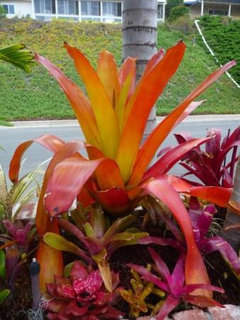
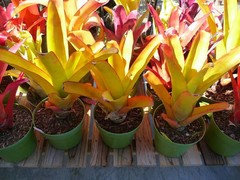
palmtreehugger